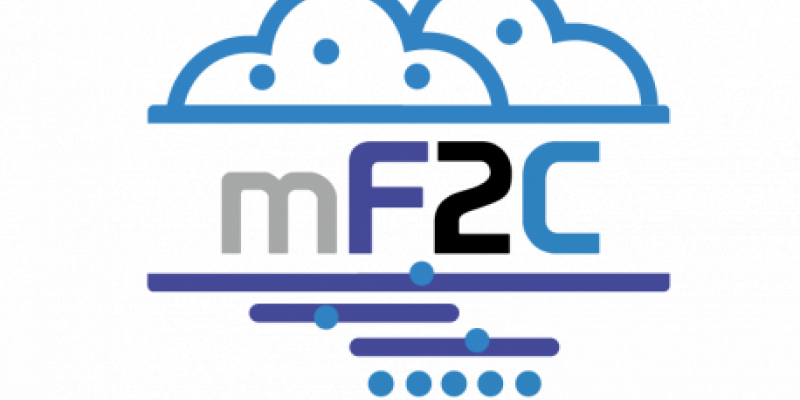
mF2C
Towards an Open, Secure, Decentralized and Coordinated Fog-to-Cloud Management Ecosystem
Lara Lopez
01 January 2017
31 December 2019
EC funded project
Introduction
Fog computing brings cloud computing capabilities closer to the end-device and users, while enabling location-dependent resource allocation, low latency services, and extending significantly the IoT services portfolio as well as market and business opportunities in the cloud sector. With the number of devices exponentially growing globally, new cloud and fog models are expected to emerge, paving the way for shared, collaborative, extensible mobile, volatile and dynamic compute, storage and network infrastructure. When put together, cloud and fog computing create a new stack of resources, which we refer to as Fog-to-Cloud (F2C), creating the need for a new, open and coordinated management ecosystem.
The mF2C proposal sets the goal of designing an open, secure, decentralized, multi-stakeholder management framework, including novel programming models, privacy and security, data storage techniques, service creation, brokerage solutions, SLA policies, and resource orchestration methods. The proposed framework is expected to set the foundations for a novel distributed system architecture, developing a proof-of-concept system and platform, to be tested and validated in real-world use cases, as envisioned by the industrial partners in the consortium with significant interest in rapid innovation in the cloud computing sector.
Category:
- Secure systems and technology
Vertical Category:
- ICT

News
On the event of the adoption of the draft regulation laying down measures for a high common level of cybersecurity at the institutions, bodies, offices and agencies of the Union, the AI4HealthSec project kicked off a process to provide its opinion.
Deliverables
Video
Products
Are you looking for new Cybersecurity or Privacy services?
Find the right solution for your security needs!
mF2C provides a coordinated management of traditional cloud architectures and novel fog ones, offering unique capabilities for distributed execution of applications throughout IoT, fog and cloud environments across a variety of industry verticals.
Resources for EU Research
Resources for SMEs
News & Events
Reports
Cyberwatching.eu has received funding from the European Union’s Horizon 2020 research and innovation programme under grant agreement No 740129. The content of this website does not represent the opinion of the European Commission, and the European Commission is not responsible for any use that might be made of such content. Privacy Policy | Disclaimer / Terms and Conditions of Use

